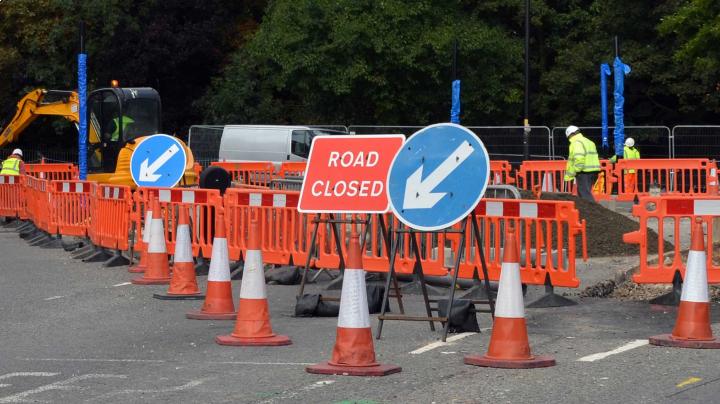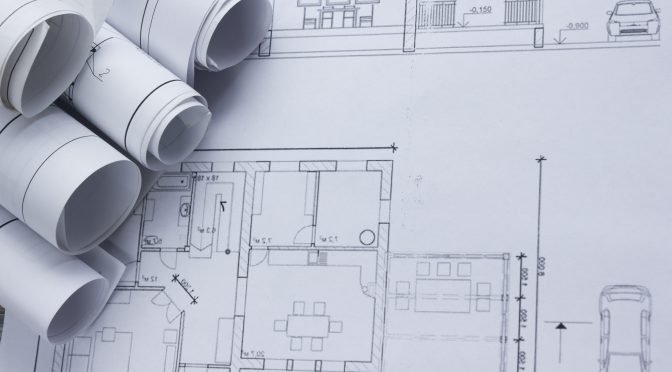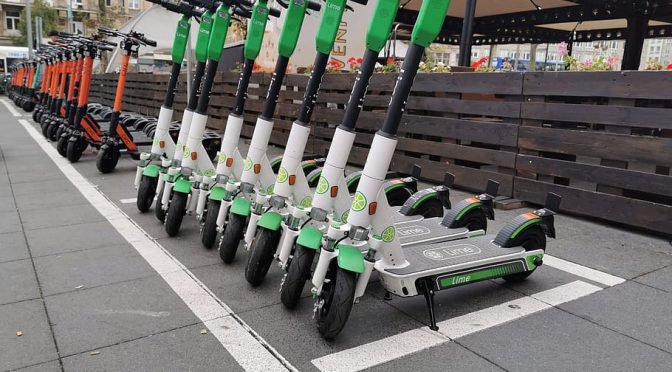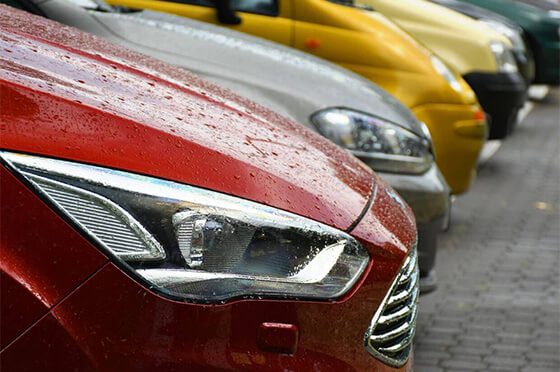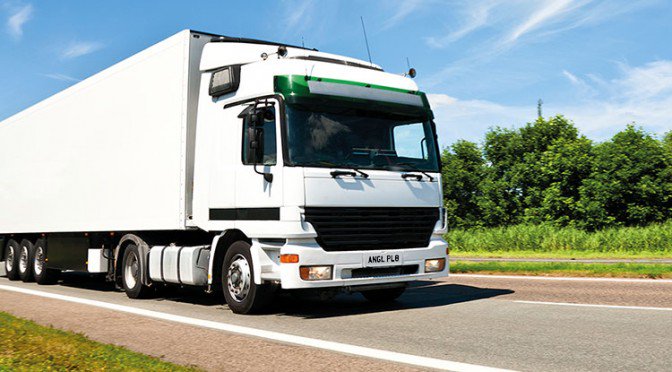A heavy goods vehicle (HGV) driver has been sentenced for causing the death of a road worker by careless driving and health and safety breaches.
Road worker Dale Pentney was fatally crushed in a January 2015 incident in which an HGV tractor unit rolled backwards without warning. Anthony Steven Smith, the HGV driver, was in the process of coupling his tractor unit to another parked trailer unit when it began rolling backwards. Mr Pentney attempted to jump out of the way, but was too late and got trapped between the vehicles.
If your company employs staff to use potentially dangerous vehicles or equipment, it is important that the proper precautions and safe working systems are in place to reduce the risk of injury. As part of these precautions, you should ensure you have the appropriate employers' liability insurance to fully cover the type of work being completed.
A joint investigation by Kent Police and the Health and Safety Executive (HSE) discovered that Mr Smith had failed to put on the parking brake before leaving it while also failing to follow the recommended safe coupling procedures.
Mr Smith, who pleaded guilty to causing death by careless driving and for breaching section 7 of the Health and Safety at Work Act, was given a 12-week prison sentence suspended for 12 months at Sevenoaks Magistrates’ Court. He was also banned from driving any vehicle for one year.
Melvyn Stancliffe, an HSE inspector, spoke after the sentencing at Sevenoaks Magistrates’ Court: “This was a tragic and wholly avoidable accident. Sadly, it shows how dangerous situations can develop very quickly. These coupling and/or uncoupling incidents — known as ‘runaways’ or ‘rollaways’ — are all too common.
“Many vehicles are fitted with visual and audible parking brake warning alarms, and if they are not fitted, hauliers should consider retrofitting them to their tractor units as HSE considers it reasonably practicable to do so. These alarms must never be ignored. Drivers must ensure they correctly apply the tractor unit parking brake before exiting the cab and then follow safe decoupling and coupling procedures.”

